You wake up one day, and something feels "off." You helped your friend move into their new apartment yesterday, so you expect to be a little sore. As you take your first step out of bed, a jolt of electricity shoots up your leg, and your knee buckles. You stay down on your bad knee, staring at the ground in shock. It's happening.
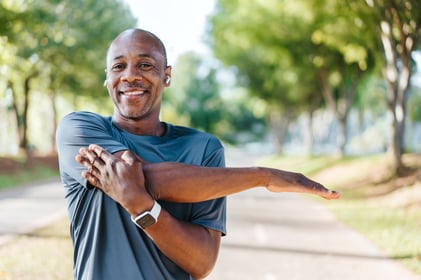 I call this the "Awakening." Simply put, you are realizing that your body is feeling the wear and tear of life to this point. It’s that realization that at 40 years old, you shouldn't move through life like you're 20. The point at which an individual becomes self-aware of these aches and pains varies from person to person. Some people don’t have substantial damage to their body and can probably make it well past their 20s before being bothered. My experience, like a lot of other athletes I've talked to, is one where we start to feel the damage a bit earlier than expected. It's like a car that is supposed to be driven ten thousand miles a year but is instead driven twenty thousand. The good part of the awakening process is that it is your call to action!
I call this the "Awakening." Simply put, you are realizing that your body is feeling the wear and tear of life to this point. It’s that realization that at 40 years old, you shouldn't move through life like you're 20. The point at which an individual becomes self-aware of these aches and pains varies from person to person. Some people don’t have substantial damage to their body and can probably make it well past their 20s before being bothered. My experience, like a lot of other athletes I've talked to, is one where we start to feel the damage a bit earlier than expected. It's like a car that is supposed to be driven ten thousand miles a year but is instead driven twenty thousand. The good part of the awakening process is that it is your call to action!
Awareness is often the first step in meaningful change. If we can acknowledge that we aren’t getting any younger and that our bodies are going to break down as we age, we can start to put a plan together to at least slow down the process. I am a firm believer that movement is medicine, so in the rest of this post, I will address fitness regarding aging. Here are three key principles to help you combat the wear and tear on the body as you age through health and fitness:
- Warmups and Mobility Work Are Your Best Friends
Just as a newer car can heat up quickly, an older car might need a few minutes to warm up. The same applies to our bodies. If I went to play soccer without warming up like I was a teenager, I would need a stretcher back to my car. Be sure to include a solid dynamic warmup before any form of exercise. Mobility drills, especially for the shoulders and ankles, can also really help with injury prevention and aging gracefully. - Be Honest with Yourself
You wake up and look in the mirror every day. For the most part, we all can at least generalize what fitness level we are at. If I had a scale of 1-5, with 5 being a professional athlete-caliber workout, why would I try those at level 1? Be real with yourself and scale the intensity and exercise selection to your current fitness level. - Consistency Is the End Goal
From my experience working at a retirement community, the people who were in the best physical condition at seventy-plus years old were those who got their exercise in daily. Whether it was group fitness, individual time on the stationary bike, or walking the dog, they made sure to make it work for them. Consistency trumps all because it will allow the body to build strength and resiliency to combat the inevitable weakening that comes with time.
While becoming aware of one’s own limitations may seem discouraging, a slight shift in perspective can help. Imagine having the freedom to move through life without restriction. Ultimately, I believe we desire freedom. Our body is something we have control over, so take matters into your hands and liberate your future self today.


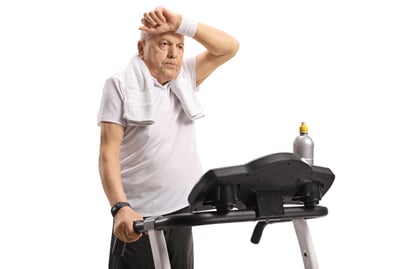 We've all been there – motivated to get fit, only to find ourselves struggling to maintain a consistent workout routine. It's a common hurdle, and the good news is that there are solutions to overcome these challenges. Let's explore four key reasons you might find it hard to stick with your workouts and how to conquer them.
We've all been there – motivated to get fit, only to find ourselves struggling to maintain a consistent workout routine. It's a common hurdle, and the good news is that there are solutions to overcome these challenges. Let's explore four key reasons you might find it hard to stick with your workouts and how to conquer them.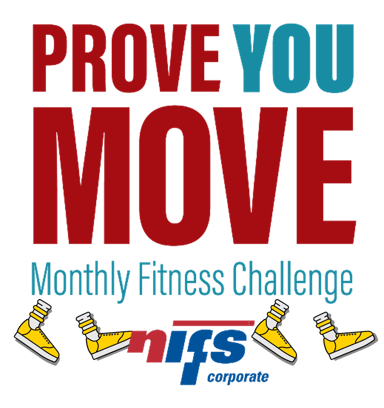 This month our corporate members are encouraged to pick a goal of 5,000 or 10,000 steps per day to kick of July’s Prove YOU Move Fitness Challenge. Some people cringe at the thought of 10,000 steps per day, but it isn’t just intentional exercise. Have you ever considered how many steps you actually take in a given day? How often are you moving throughout the office or your house? You might actually surprise yourself. Most phones have a Health App, or you can add a step tracker to your smart phone. If you keep your phone on your body throughout the day, it will calculate your movement and track your steps. As you start digging into your phone, don’t get down on yourself when you discover how little you possibly move, remember your phone must be on your body throughout the day to get the best estimate.
This month our corporate members are encouraged to pick a goal of 5,000 or 10,000 steps per day to kick of July’s Prove YOU Move Fitness Challenge. Some people cringe at the thought of 10,000 steps per day, but it isn’t just intentional exercise. Have you ever considered how many steps you actually take in a given day? How often are you moving throughout the office or your house? You might actually surprise yourself. Most phones have a Health App, or you can add a step tracker to your smart phone. If you keep your phone on your body throughout the day, it will calculate your movement and track your steps. As you start digging into your phone, don’t get down on yourself when you discover how little you possibly move, remember your phone must be on your body throughout the day to get the best estimate.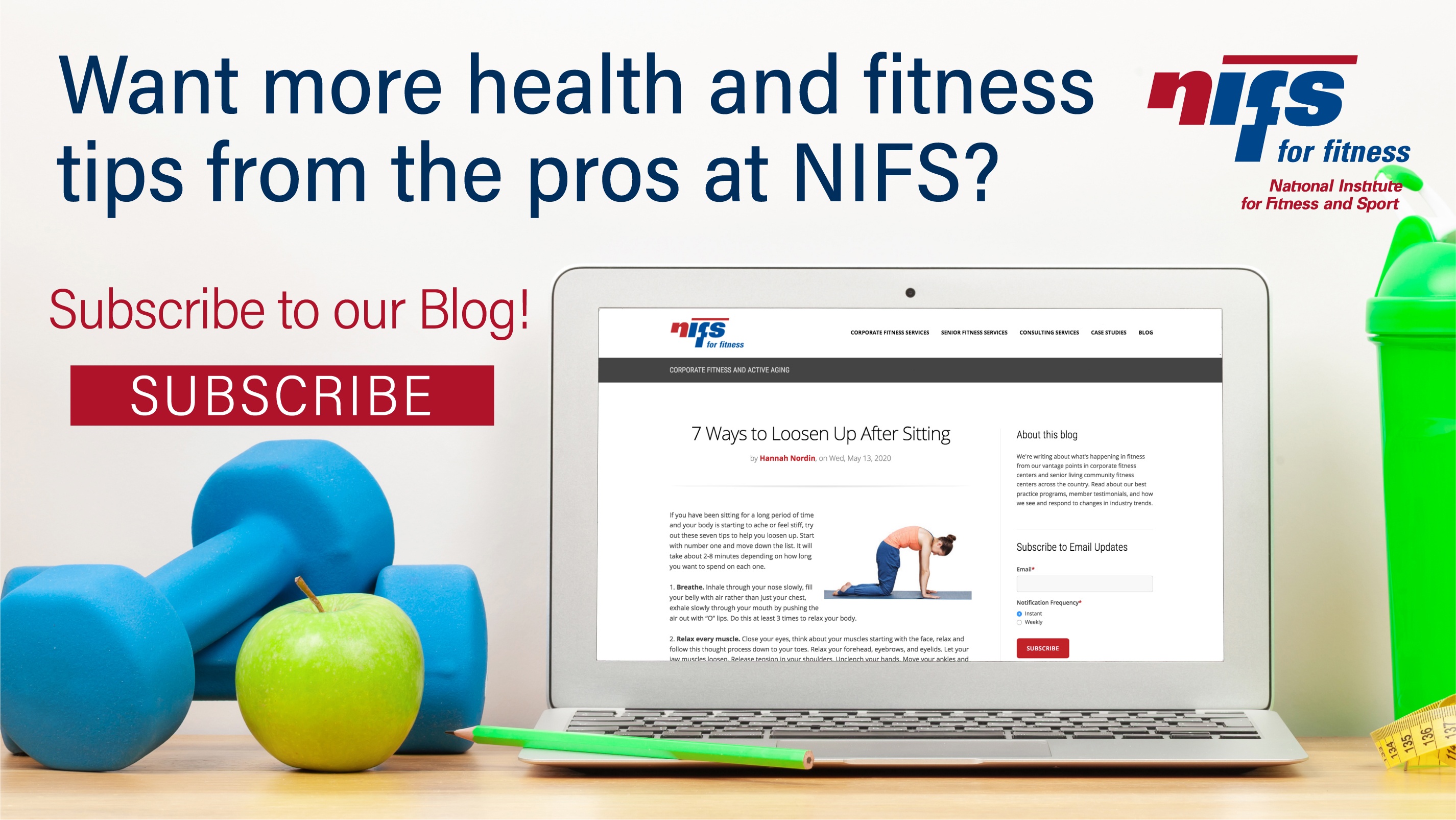


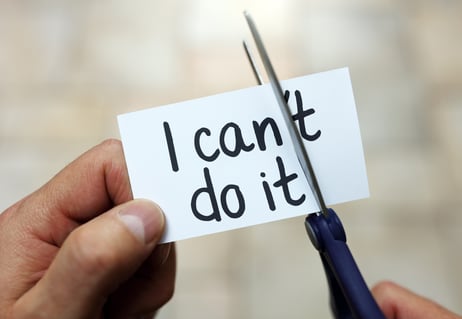
 Individuals who are new to regular exercise, or those who are considering recommitting after a long hiatus, may have preconceived notions about what it takes to effectively reap the benefits of a new routine. For this reason, I want to establish a number of foundational principles and debunk some common myths surrounding fitness. Reworking your current schedule to
Individuals who are new to regular exercise, or those who are considering recommitting after a long hiatus, may have preconceived notions about what it takes to effectively reap the benefits of a new routine. For this reason, I want to establish a number of foundational principles and debunk some common myths surrounding fitness. Reworking your current schedule to 